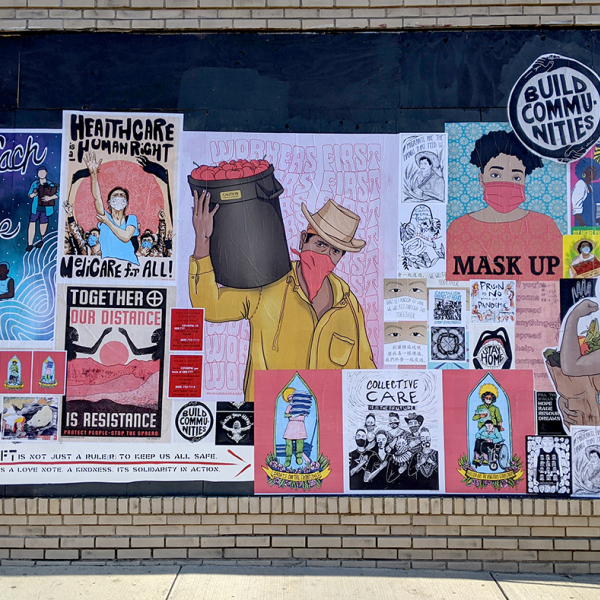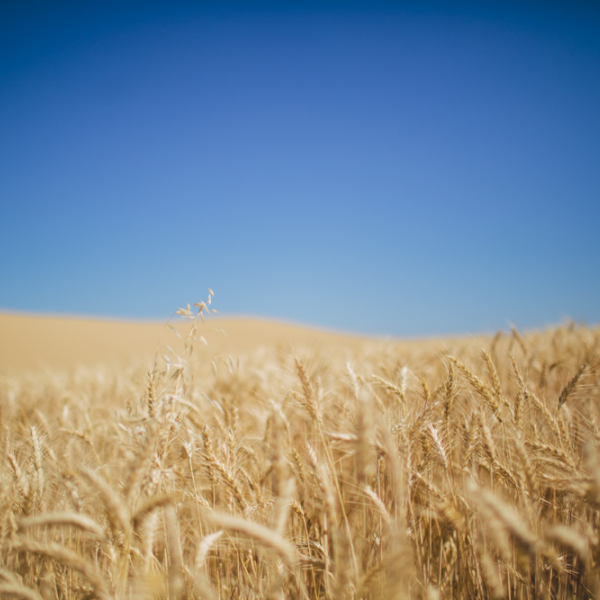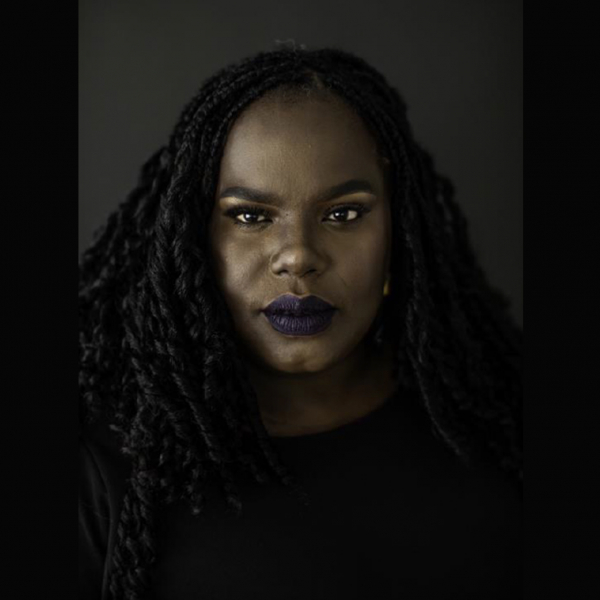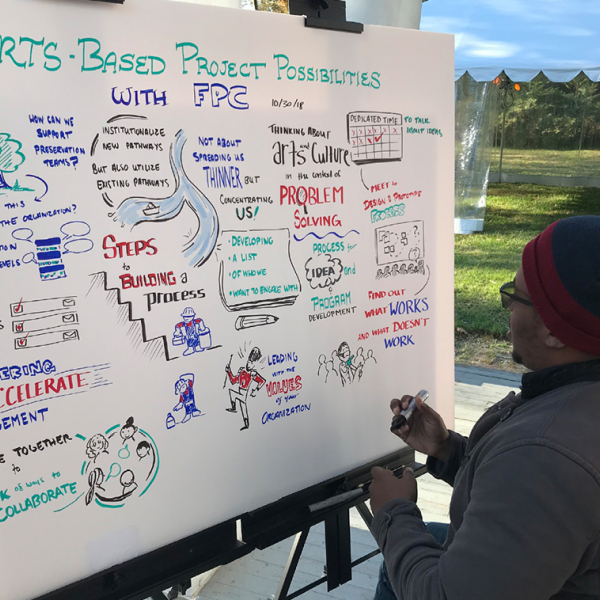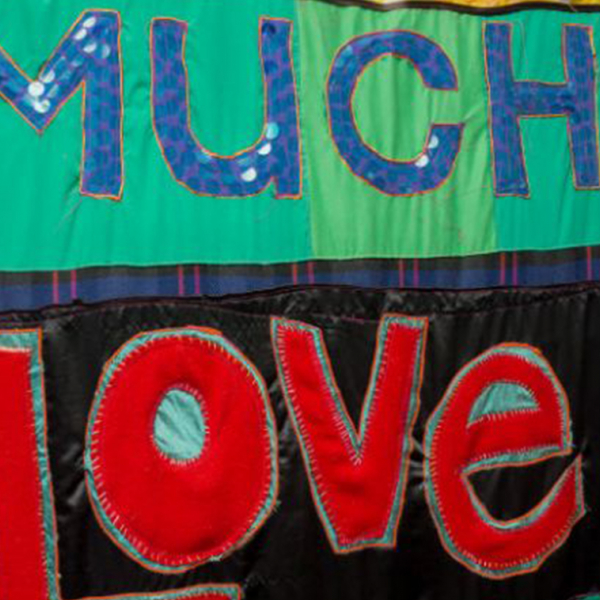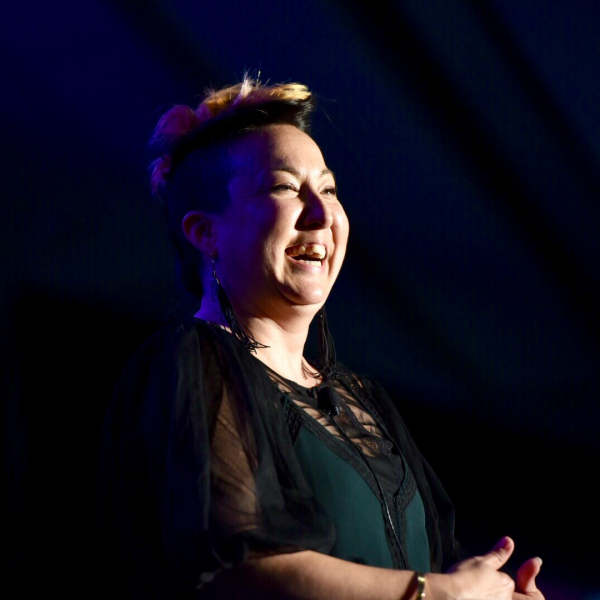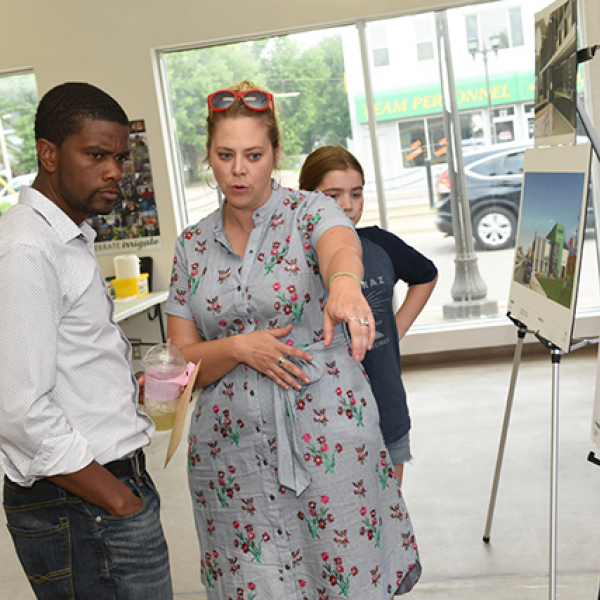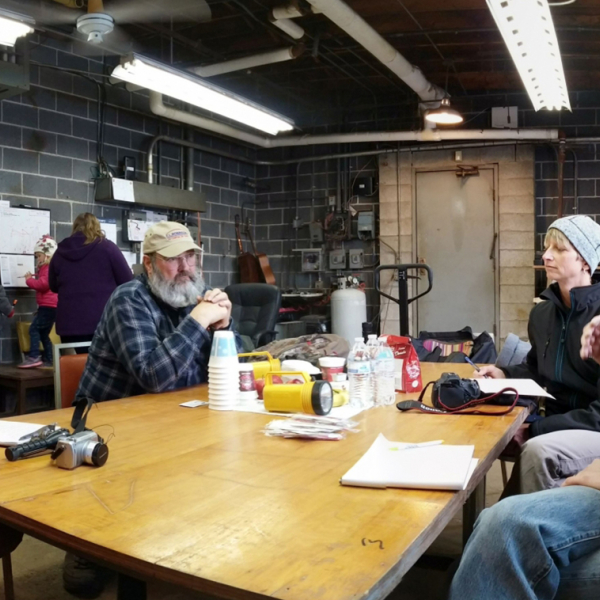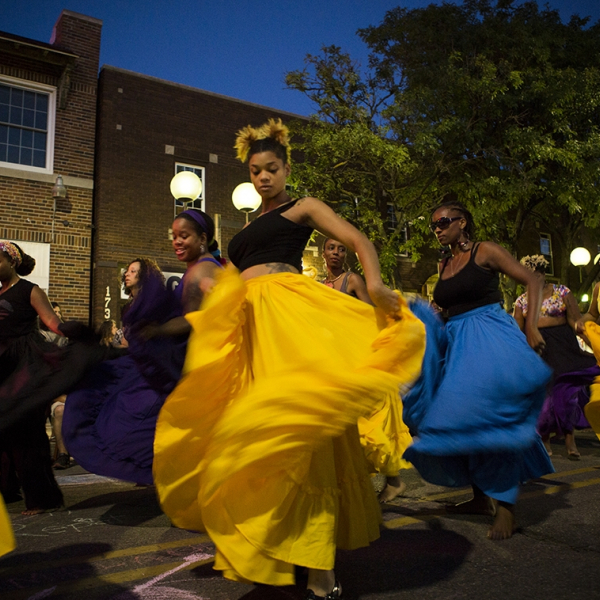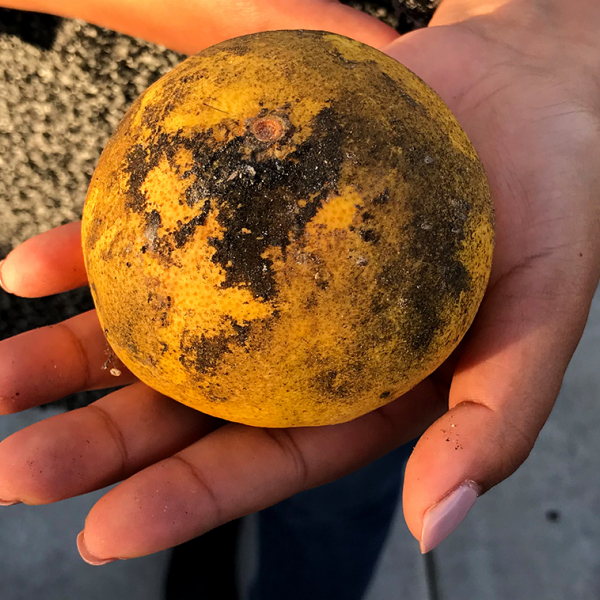What is the role of the artist in a time of crisis? Mark Strandquist is founder and director of the Fill the Walls With Hope, Rage, Resources and Dreams project which looks at how artists, who by filling public streets with images and words can support their community’s mental health, and help them dream of a better future.
28.04.20
Mary Welcome is a queer, rural working artist making do under the thumb of capitalism. She doesn’t get to spend too much time wallowing. There’s no system to catch her, no network of advocates, no bailouts, no sick leave, no retirement fund. The bottom falls out, and with it the paychecks, the funders, the commissions, the years of advanced plans. The only way out is through. The only way up is outreach.
22.04.20
Hannah L Drake is a blogger, activist, public speaker, poet, and author of 11 books. She reflects on the recent crisis and how "America needs to take a moment to process the enormity of the devastating loss we have faced and will face."
21.04.20
PolicyLink has released a new brief, How Organizations Evolve When They Embrace Arts and Culture, which delves into the ways the six organizations in ArtPlace’s Community Development Investments (CDI) program had to grow and change to integrate arts and culture into their work, help them achieve their missions more effectively, and bring about positive outcomes for their communities.
13.04.20
Our recent webinar with the NEA shared information about support for nonprofit arts organizations through the Coronavirus Aid, Relief, and Economic Security (CARES) Act. CARES recognizes that the nonprofit arts industry is an important sector of America’s economy. If you missed the webinar, check out the recording here.
08.04.20
Leslie Kimiko Ward has been a tireless friend of ArtPlace America, even providing one of the most beloved keynote closing speeches of all our annual summits. We were delighted when Leslie agreed to write for us on this moment of COVID-19, and knew it would be something good. Turns out it’s an exceptional musing on what’s happening now, what’s been happening always, and what needs to happen in the future.
31.03.20
Laura Zabel at Springboard talks about how artists are made for challenge, and that their skills are more useful than ever right now to help us all see the opportunity in the challenge, find new ways of working and persist through adversity.
30.03.20
Back in 2014 we partnered with The Coalfield Development Corporation in Huntington, WV. This area functions as a quasi-urban center of opportunity for this rural Appalachian region. The organization started out by repurposing an abandoned factory as a creative hub for community gathering and engagement. In the time of the COVID-19 crisis, they are repurposing it again. Brandon Dennison, Founder and CEO of the Coalfield Development Corporation spoke with us about their swift pivot to be helpful in this unsettling time.
25.03.20
Artist Andrew Simonet has written a manifesto for this time, reminding us that all art making and community building have really just been basic training for some future moment of crisis. Artists and creatives have been strengthening muscles for the rupture or emergency to come. And here we are.
18.03.20
The residents of the village of San Ysidro, California, have an 18% higher rate of asthma than the rest of the county; fruit from local trees are covered in a dusty residue on a daily basis. Not many residents knew that the residue came from idling cars at the nearby México-U.S. border. Learn how local residents leveraged the arts to make the invisible visible and take control of the narrative.






